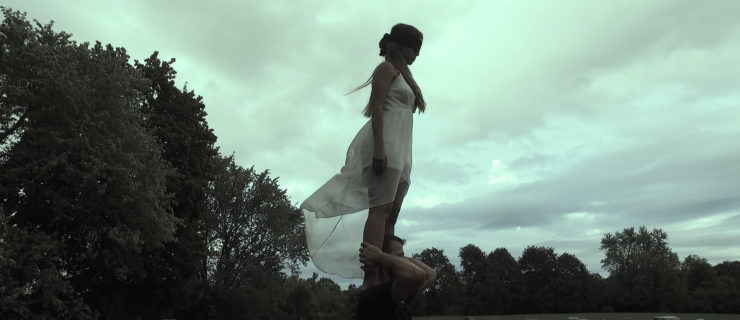How Can We Confront Implicit Bias? The Director of Jacob's Pillow Shares Her Ideas
At Jacob’s Pillow’s June gala, something happened that outraged me: A patron who identifies as black/biracial felt a white man seated behind her touch her tightly coiled hair. When she ignored him, he audibly complained that her hair would block his view of the stage. At dinner, the patron was further subjected to a series of objectifying questions. “What are you?” asked the white woman sitting next to her. Not “who are you,” but a dehumanizing “what.” “Who was black? Was it your mother or your father? What do your children look like?”
After hearing about this, I couldn’t stay silent. I wrote an op-ed for our regional paper, The Berkshire Eagle, describing how Jacob’s Pillow, like many cultural institutions, is working to create a climate of inclusiveness. “We can diversify the artists…we celebrate onstage, the dancers we teach in our school, and the representation of people of color on our board and staff,” I wrote. “What can we do to evolve our audiences so that our institution is truly inclusive?” I invited readers to share their thoughts.
The article resulted in numerous letters to the editor, and the Pillow received hundreds of responses. The great majority were supportive. One suggested that patrons should be provided with movement experiences that engage these issues. Another noted that after reading the piece, he apologized to a black person whose hair he had touched without permission.
There were a few dissenters. One writer doubted the veracity of the patron’s story. Another suggested that I had made it up for attention.
Patrons lined up to speak to me before performances, some with tears in their eyes. They couldn’t believe this had happened at Jacob’s Pillow. In truth, these kinds of experiences occur regularly to patrons and staff members of color, including our interns.
In 2017, Jacob’s Pillow created a staff cultural-competency committee and began a partnership with Massachusetts-based Multicultural BRIDGE to pursue a set of equity, diversity, inclusion and accessibility initiatives. These have included everything from annual staff and board training to gender-neutral bathroom signage and crafting a code of conduct that’s printed in each program. Despite these positive steps forward, this summer’s incident revealed how much work has yet to be done.
When the patron who was harassed at the gala offered to partner with us, we created a board/staff task force that included her. We’ve made strides in the short term, like posting our statement of values across campus and online, and empowering staff members with language to use if they observe or experience a microaggression. For our guests, a contact person to whom concerns may be reported is now listed with the code of conduct in our programs.
Long-term strategies include bystander training, a campus audit with community partners, and revamping our orientation program so that new staff are better informed about the structures in place to support them. We are also thinking about how to welcome companies from other cultures that may have a different relationship to gender and religion.
So why did this op-ed touch such a collective nerve? In part, I think it’s because of the divisive rhetoric coming from some of our national leadership. But also because cultural institutions have been too slow to recognize the racism and bias embedded in our structures—and have overlooked their implications for too long. I see many institutions working to advance equity, diversity, inclusion and accessibility within their organizations, partially out of a desire to draw a broader range of audience members. But we’re missing a big piece of the equation right now if we don’t think more intentionally about the climate we are creating for the audiences we wish to attract.
I believe we need more education—and accountability—in conversing civilly and respectfully across differences. We need to discuss the many facets of implicit bias, from small to large, so that we all can learn what is and is not appropriate, and create more genuinely welcoming environments for all people.
I’m deeply grateful to the patron who was brave enough to tell me her story. She told me she could not have written an op-ed herself because raising the issue might endanger her school-aged kids. If she’d written it, she said, her piece would never have gotten the attention that my piece, written by a white woman of privilege, did.
As arts leaders, we must do all we can to be advocates and allies. If we want to be both leaders and citizens of our communities, we have to consider who feels that they belong at our institutions, and act in ways that will truly broaden the pathways to inclusion.




